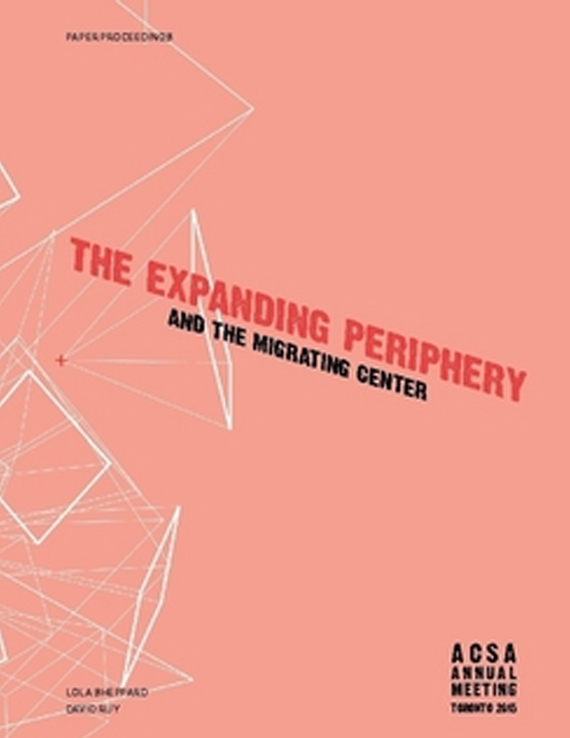Author(s): David Franco
When the notion of everyday life comes to light in the architectural debate, it’s typically used to critically call the attention over the estrangement of architects from the reality of the processes that organize the contemporary city. Most of the time this critique insists on the oblivion of the political dynamics that determine these processes. Therefore, the everyday becomes some kind of political proof of realism for architecture. Paradoxically, when an architectural or urban project aims to incorporate consistently the everyday as an active element of design, it seems that it only can be embodied by simulations of the real processes of life. Apparently, the same concept used to criticize imposture only can be designed by imitation. In this paper I’d like to question the legitimacy of this contradiction through the examination of successful references of architectures of the everyday that, in my view, have been conceived not only as simulations of the reality of life but, also, as the expression of the political agenda connected to that reality. I’ll examine this phenomenon in two of the most influential examples of participatory architecture from the late 60’s: the Byker Wall by Ralph Erskine and the Maison Medicale by Lucien Kroll. It’s obvious that an enormous effort was made, in both cases, to fabricate architectural languages that could express, simultaneously, the real life of the social groups they were intended to -students and shipyards workers- and the political agendas associated to them -cultural revolt and social democracy-. Significantly, in either case, the impulse of political transformation was coupled with an innovative architectural form that was imitated afterwards in different contexts. From this perspective, the simulation of the everyday life as a design strategy doesn’t necessarily betrays the critical content of Lefebvre’s notion, but might open possibilities for new ways of politically charged architecture. It can be specially revealing to examine through this lens the current trend of participatory urban design and reclamation of public space. How critical towards the social reality of nowadays are these new expressions of the idea of participation? Which are the political agendas behind them and how are constructed the fictional narratives that support them? Are we being too naïve when we claim that participation in architecture still holds some kind of critical value?
Volume Editors
David Ruy & Lola Sheppard
ISBN
978-0-935502-95-4

 Study Architecture
Study Architecture  ProPEL
ProPEL 
